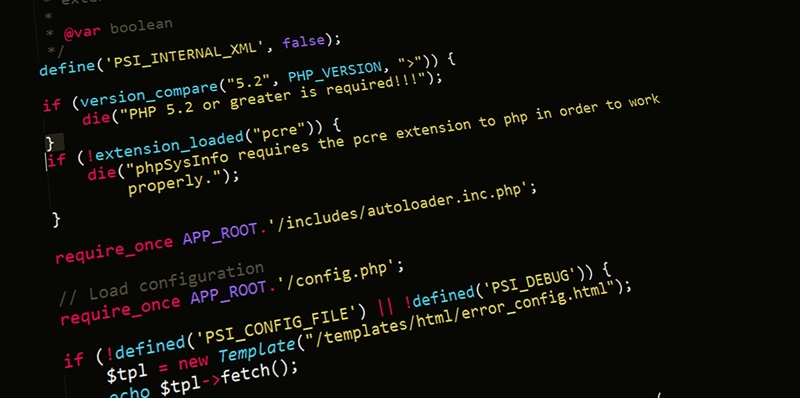Over the years, the SysJoker malware has emerged as a potent weapon in the arsenal of threat actors targeting specific entities during periods of conflict. This article delves deep into the recent developments surrounding SysJoker, shedding light on its association with targeted attacks during the Israel-Hamas conflict and its remarkable transformation through a complete code rewrite.
Background on the SysJoker Malware and Its Association with Targeted Attacks
During the Israel-Hamas conflict, the SysJoker malware was identified as a key element in the tactics of a Hamas-affiliated threat actor. The malware was strategically deployed to gain unauthorized access and compromise critical systems, further escalating the conflict in cyberspace.
Significant Changes in the SysJoker Malware: A Shift to the Rust Programming Language
Driven by a determined effort to enhance its stealth and effectiveness, the SysJoker malware has undergone a remarkable transformation. The latest versions of the malware reveal a shift in programming language, moving away from traditional choices and embracing the Rust language. This change implies a complete rewrite of the code, allowing the malicious actors to preserve similar functionalities while strengthening the malware’s capacity to evade detection.
One of the notable modifications in the revamped SysJoker malware is the adoption of Microsoft’s OneDrive as a storage mechanism for dynamic command-and-control (C2) server URLs. This strategic move provides the threat actor with increased flexibility, as they can easily change C2 addresses, rendering detection and mitigation efforts more challenging.
Complete Code Rewrite: Implications for Future Innovations
The extensive rewrite of the SysJoker malware indicates more than just a mere revision. This radical transformation sets the stage for potential future enhancements and improvements, allowing the malware to adapt and evolve in response to evolving cybersecurity defenses and countermeasures.
Unearthing Connections: SysJoker and Operation Electric Powder
Digging into the origins of the new SysJoker variants, analysts have uncovered a link to a series of targeted attacks known as Operation Electric Powder. These attacks, which occurred between 2016 and 2017, were previously attributed to the Gaza Cybergang, also known as Molerats. By establishing this connection, researchers gain valuable insights into the threat actor’s motivations, methods, and possible future actions.
Stealth at its Finest: Random Sleep Intervals by the Rust Variant of SysJoker
To thwart detection by security sandboxes and evade analysis environments, the Rust variant of SysJoker employs random sleep intervals. These time delays disrupt automated analysis processes, making it more difficult for security researchers to analyze and uncover the malware’s true nature, behavior, and capabilities.
Dual Modes of Operation: Persistent PowerShell and OneDrive Dynamics
Operating in two distinct modes, SysJoker showcases its versatility and adaptability. During its initial execution, the malware firmly establishes persistence through PowerShell, ensuring it remains active even after system reboots. On subsequent runs, it seamlessly retrieves C2 server addresses from OneDrive, enabling constant communication and coordination with its malicious operators.
Harvesting System Information: Insights into the Enemy’s Reconnaissance
SysJoker diligently collects critical system information upon infection, ranging from Windows version details and usernames to MAC addresses. This valuable reconnaissance data is subsequently transmitted to the C2 server, allowing the threat actor to amass intelligence for potential further exploitation and targeted attacks.
Dynamic C2 Communication: Registration Process and Command Execution
The SysJoker malware engages in a sophisticated communication workflow with its C2 server. This process involves a registration step, where the infected system proves its authenticity to the server, followed by a main loop responsible for executing commands received from the C2 server. By establishing this dynamic communication channel, the threat actor maintains control over compromised hosts and maximizes the impact of their chosen tactics.
Unveiling Novel Windows Variants: DMADevice and AppMessagingRegistrar
During the analysis of SysJoker’s latest iterations, researchers stumbled upon two previously undisclosed Windows variants of the malware: DMADevice and AppMessagingRegistrar. These variants display increased complexity, employing multi-stage execution flows. The existence of these advanced variants reflects the threat actor’s continuous efforts to refine their techniques and propagate more sophisticated attacks.
The SysJoker malware, known for its involvement in targeted attacks during the Israel-Hamas conflict, has evolved with significant code revisions, a shift to the Rust programming language, and the utilization of OneDrive for C2 server URLs. The complex nature of SysJoker emphasizes the importance of strengthened cybersecurity measures and highlights the persistent efforts of malicious actors to harm specific targets. Vigilance, advanced threat detection, and proactive defense are crucial to combat evolving malware threats like SysJoker.

